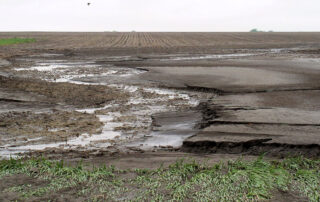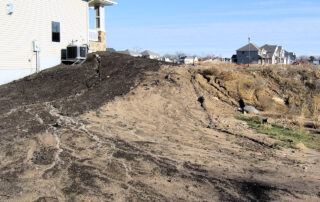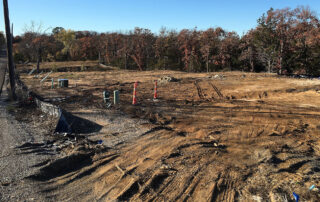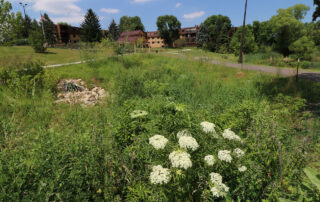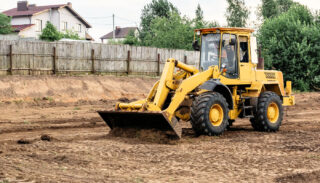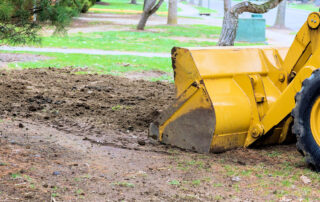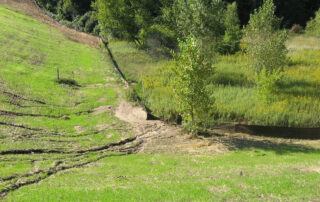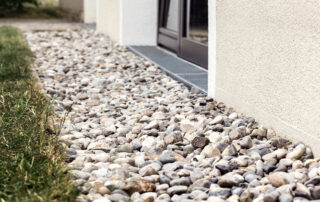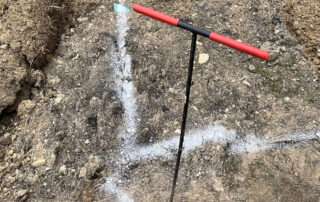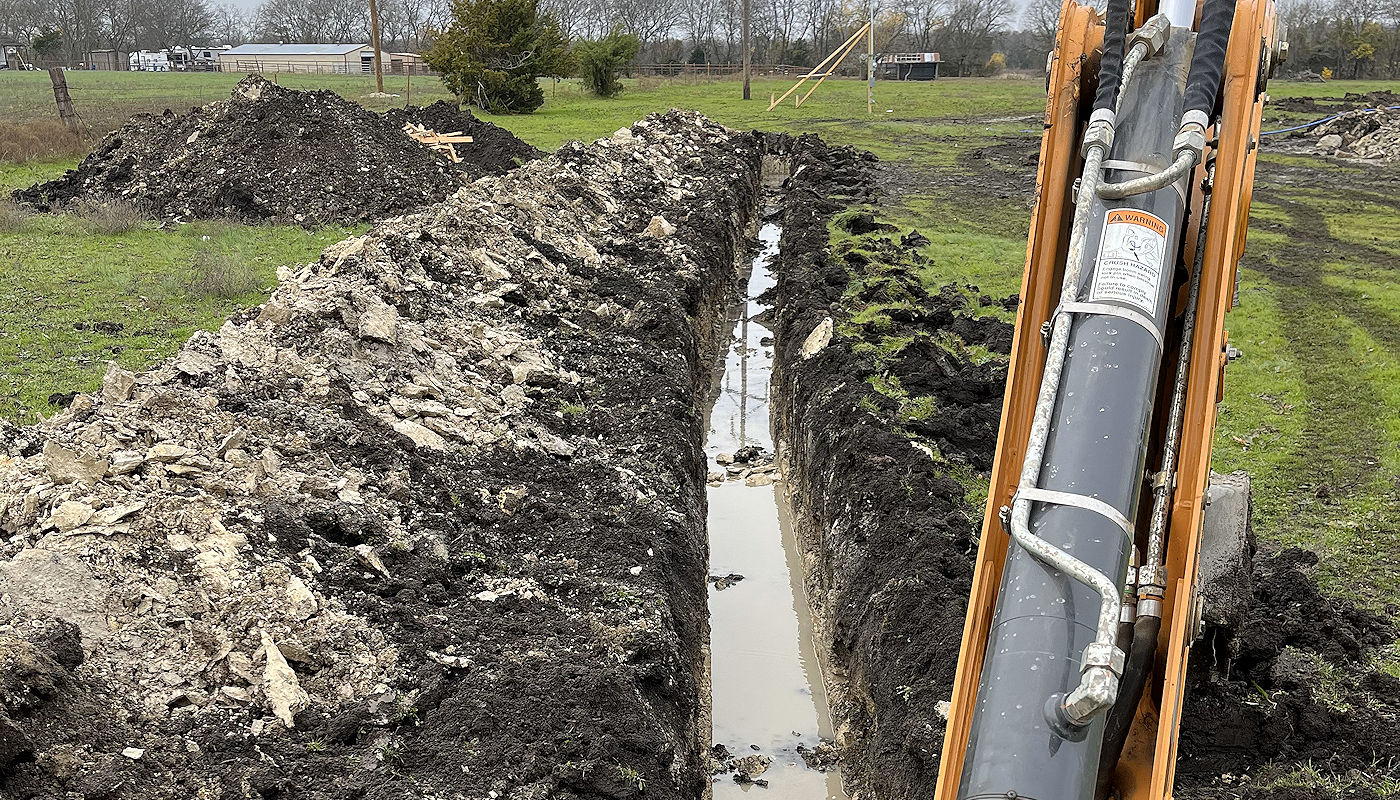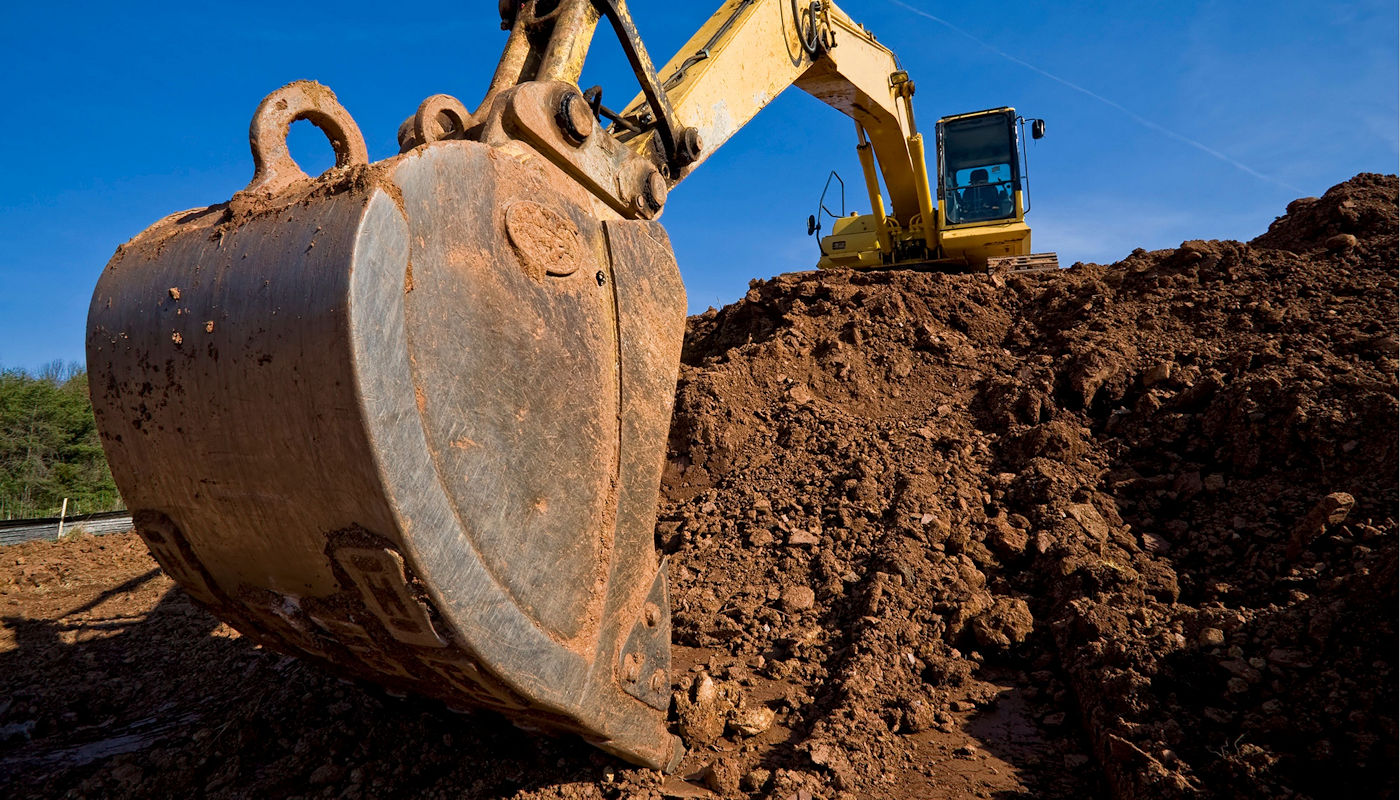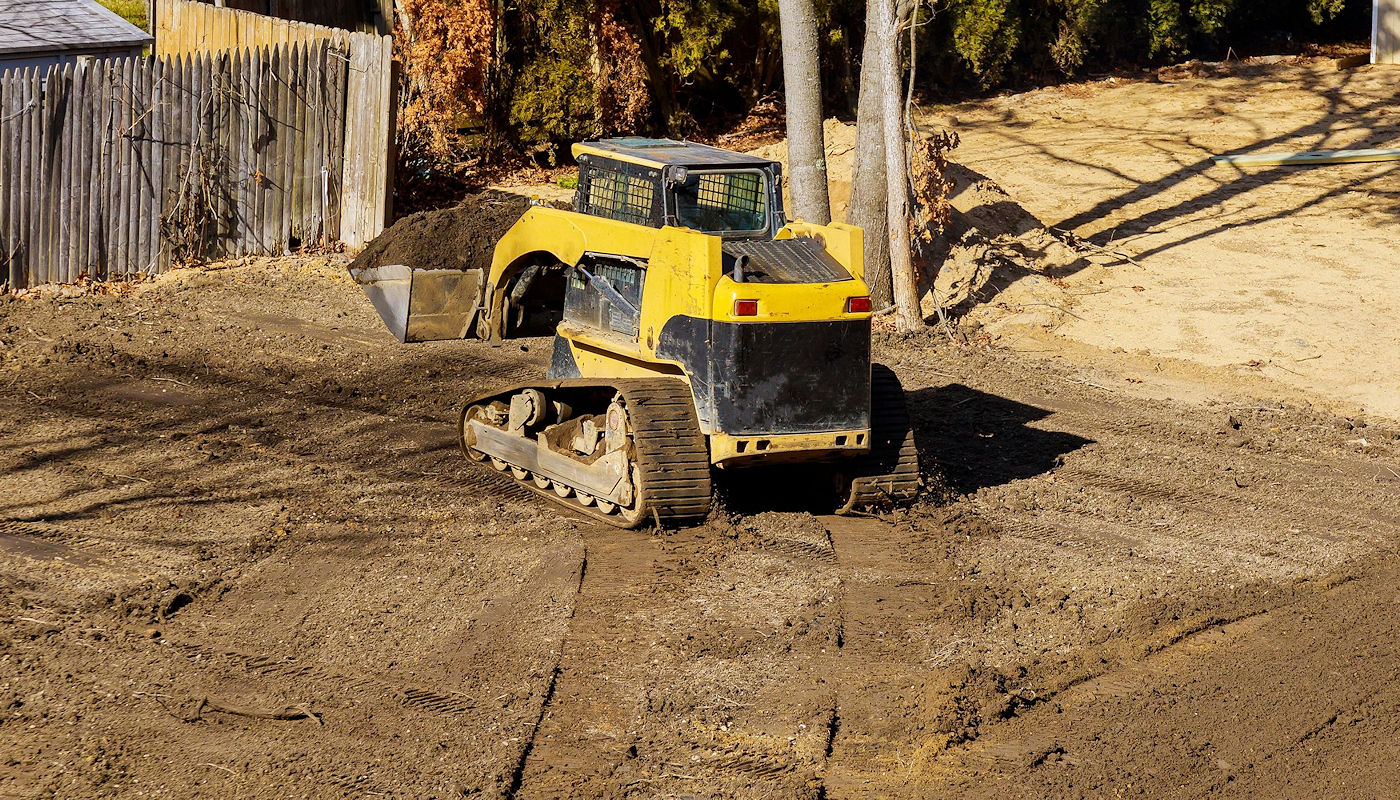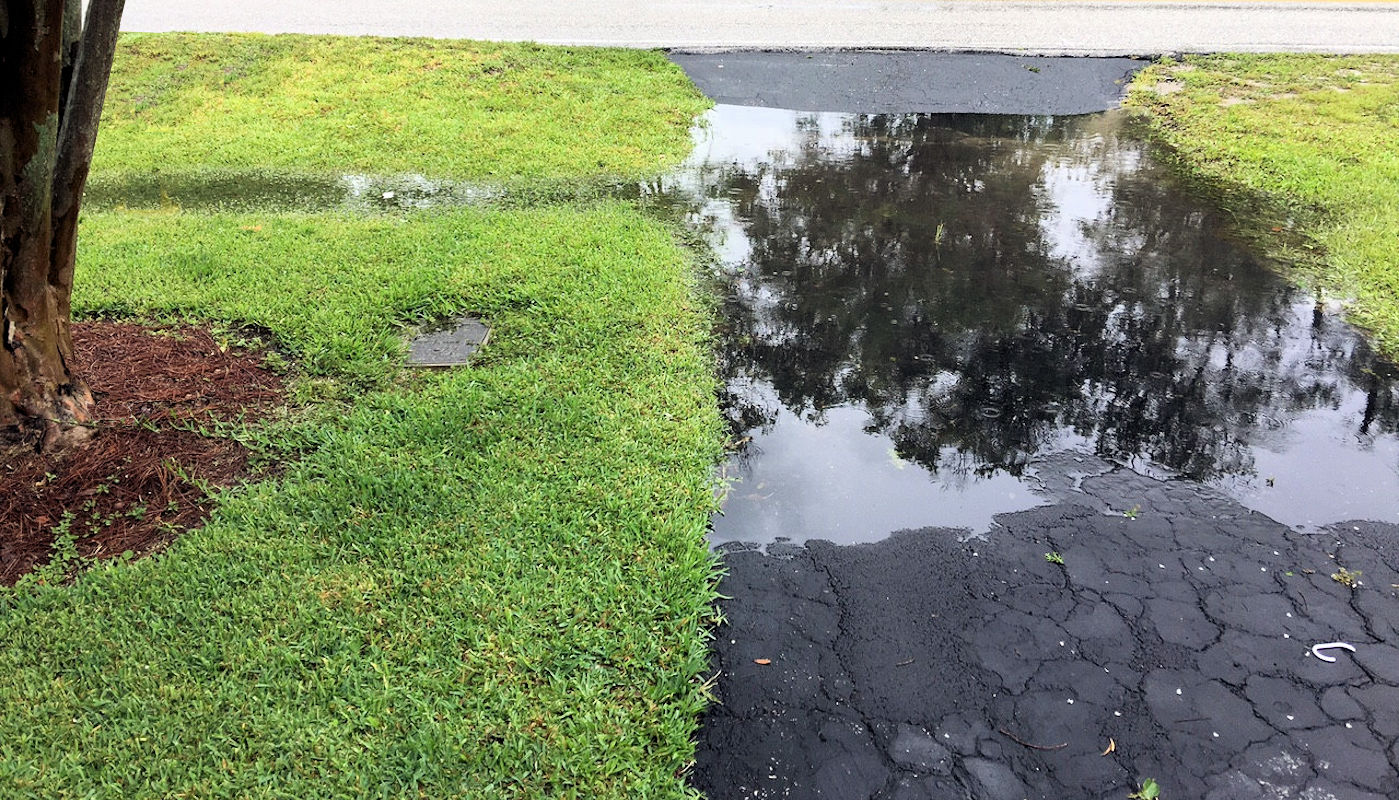

Using Permeable Pavements to
Reduce Stormwater Runoff from Hardscapes
Rainscaping Tips & Solutions from TEC
Using Permeable Pavements to Reduce Stormwater Runoff from Hardscapes
Rainscaping Tips & Solutions from TEC
Permeable pavement materials are engineered hardscaping surfaces that have a high porosity that allows water to flow through them. These permeable pavements are part of a rainscaping plan for developments that include sidewalks, walking paths, driveways, patio or other decks, and roads [19]. They help achieve multiple benefits as they provide surfaces to move vehicular and pedestrian traffic and reduce stormwater discharges. They are suitable for municipal stormwater management programs as well as private development applications.
Permeable materials for rainscaping were first used in the U.S. in the 1960s as the Environmental Protection Agency found it necessary to address rising water tables in Texas, Delaware, and Pennsylvania [25].
The evolution of these permeable materials for rainscaping seems to have begun with permeable concrete being the first material to be explored [16]. Concrete grass paving comes in one of two formats: cast-in-place or pre-cast modular units [16]. This suggests that the concept of permeable materials for rainscaping might have been developed by multiple entities over time, with contributions from various researchers, organizations, and companies.
Permeable pavements can provide many benefits for rainscaping.
The benefits described below are the overall benefits using these permeable pavement materials offer to rainscaping goals overall. Benefits of each type of material follow in the section below that discusses types of permeable pavement materials.
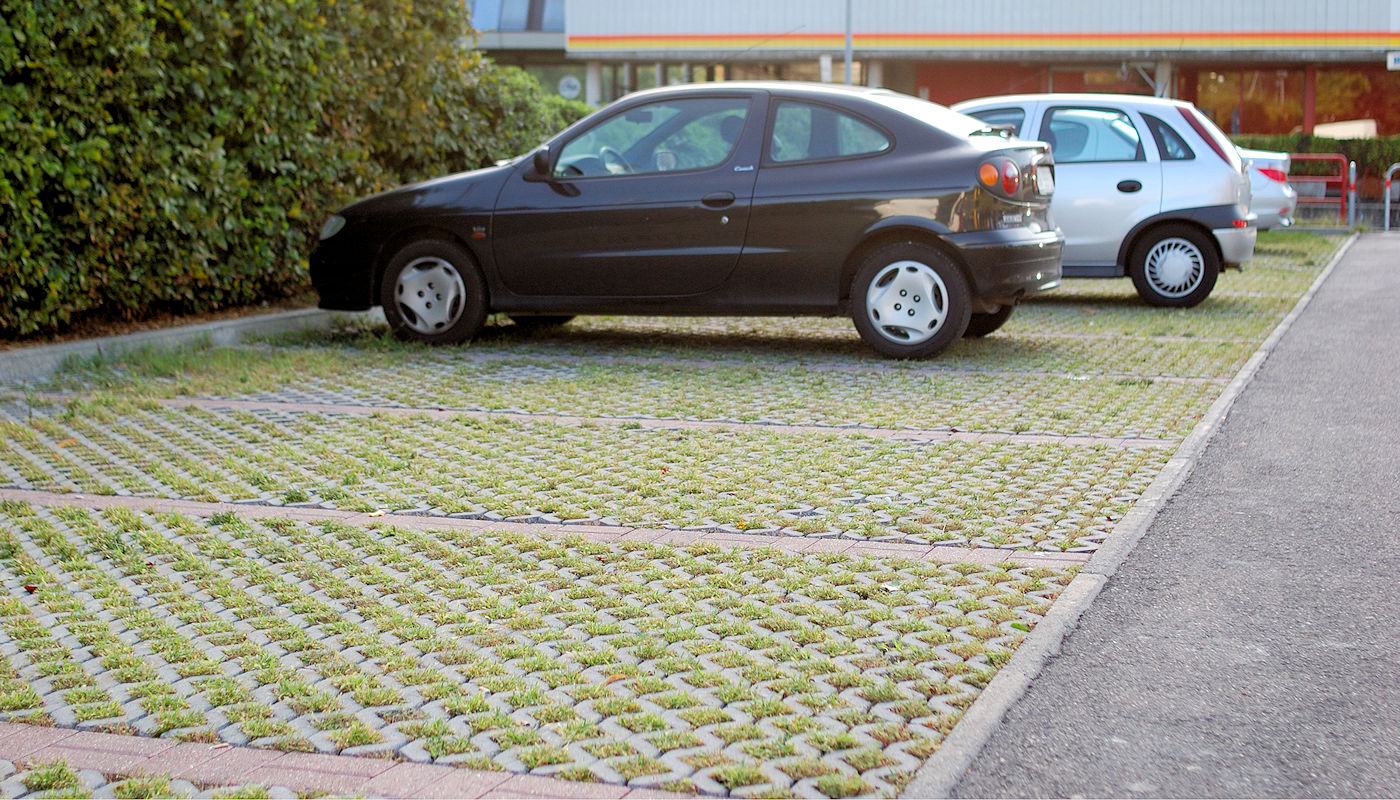
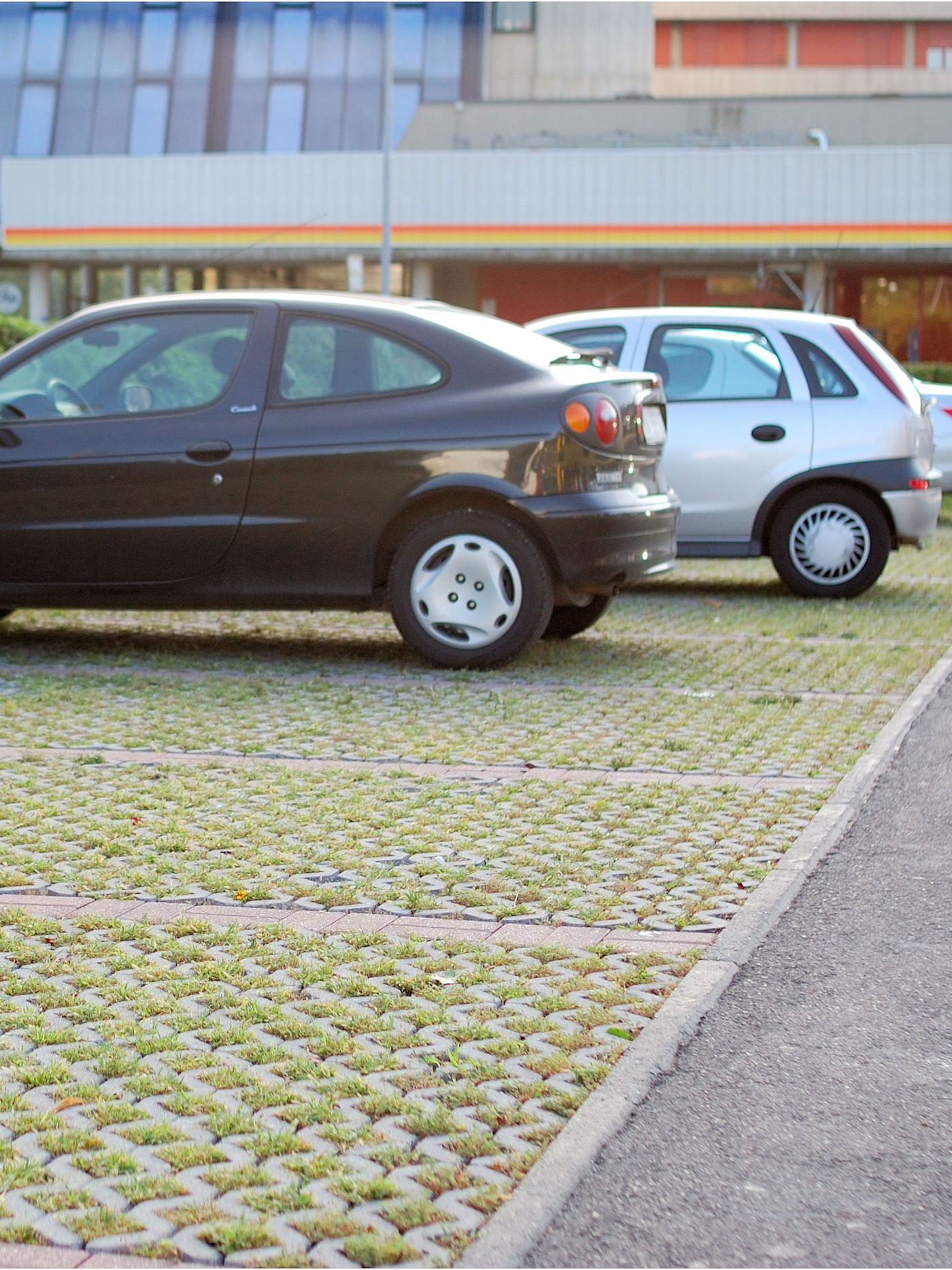
Types of permeable pavement materials and their advantages:
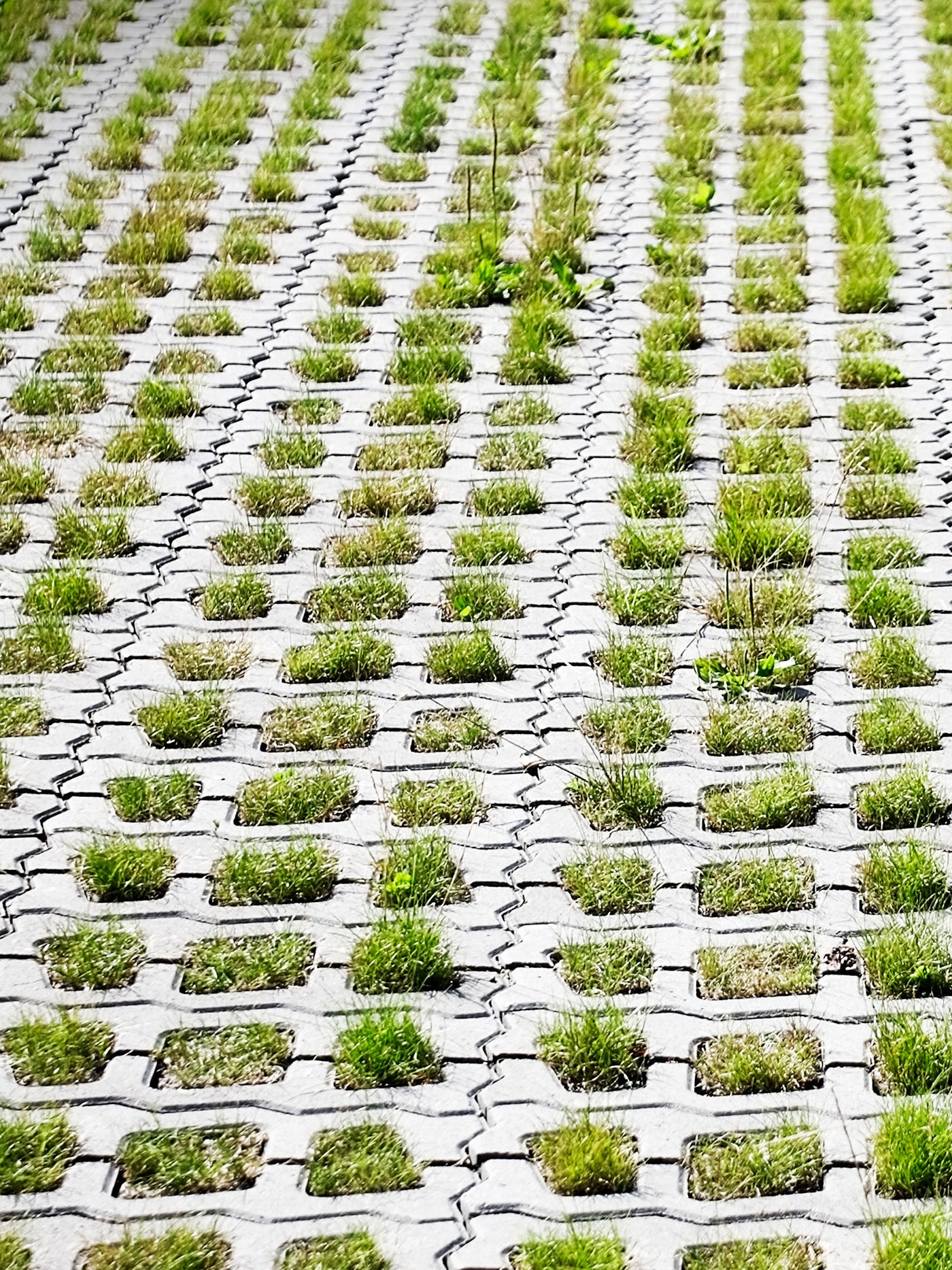
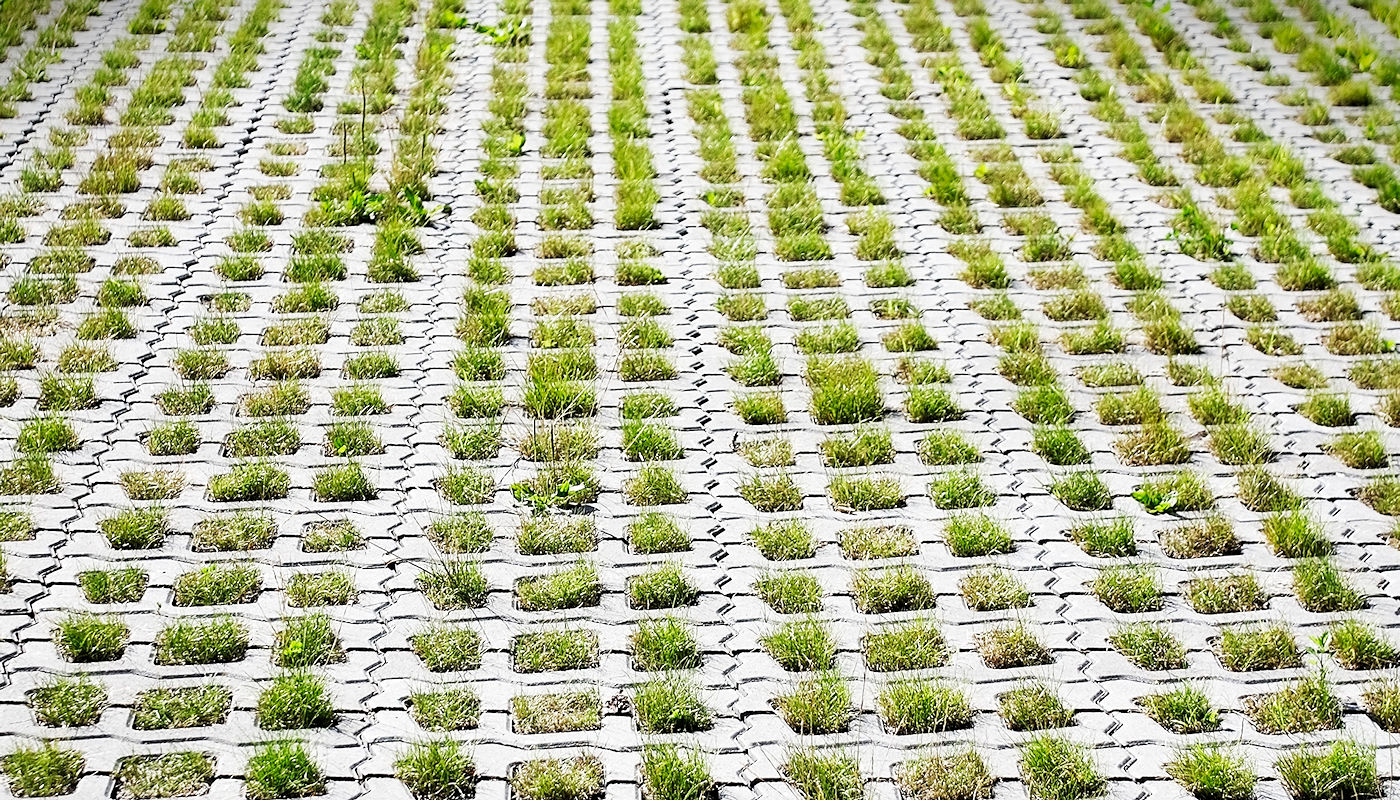
Advantages: They come in various shapes, sizes, and colors. They are more durable than poured concrete and are an affordable alternative [28].
Uses: Due to their durability and versatility, they are commonly used in driveways, patios, and walkways [28].
Mistakes to avoid when using permeable pavement materials:
Here are some mistakes that should be avoided when choosing, using, and maintaining a permeable pavement for a rainscaping task. By avoiding these mistakes, you can ensure that your permeable pavement serves its purpose effectively and efficiently.
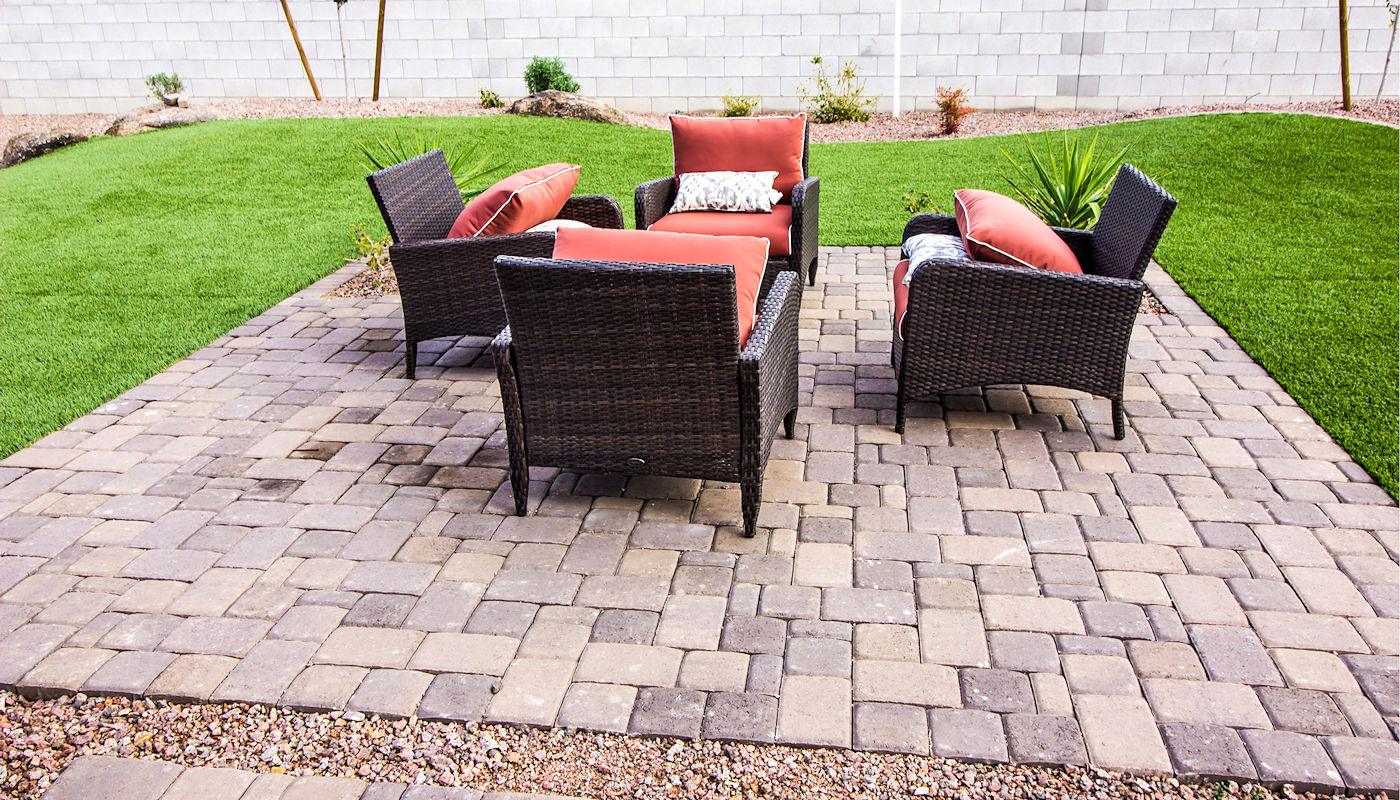

Permeable pavement Implementation BMPs
Here are some Best Management Practices (BMPs) that should be applied when adding permeable pavement materials in place of regular concrete, asphalt, brick, or other non-permeable materials. By following these BMPs, you can ensure that your permeable pavement serves its purpose effectively and efficiently.
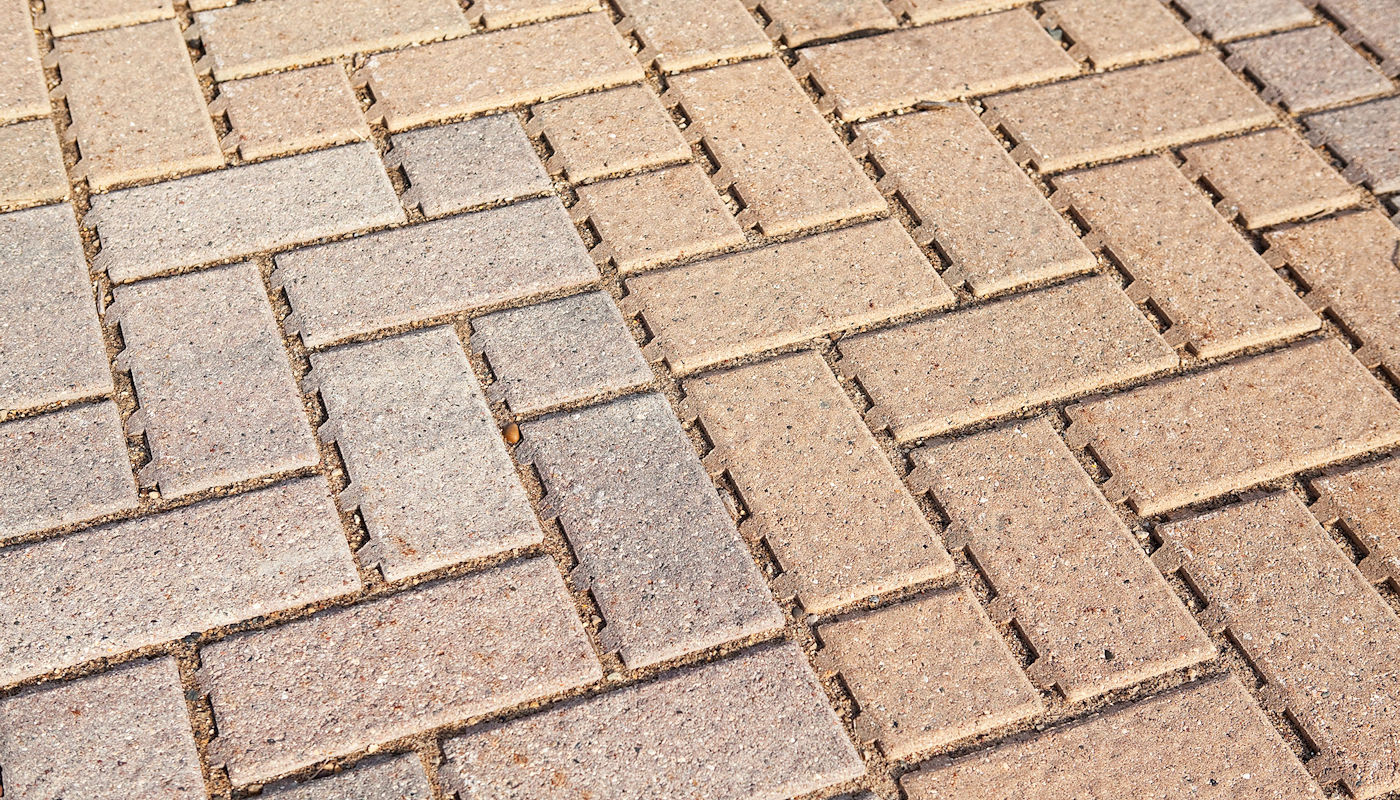
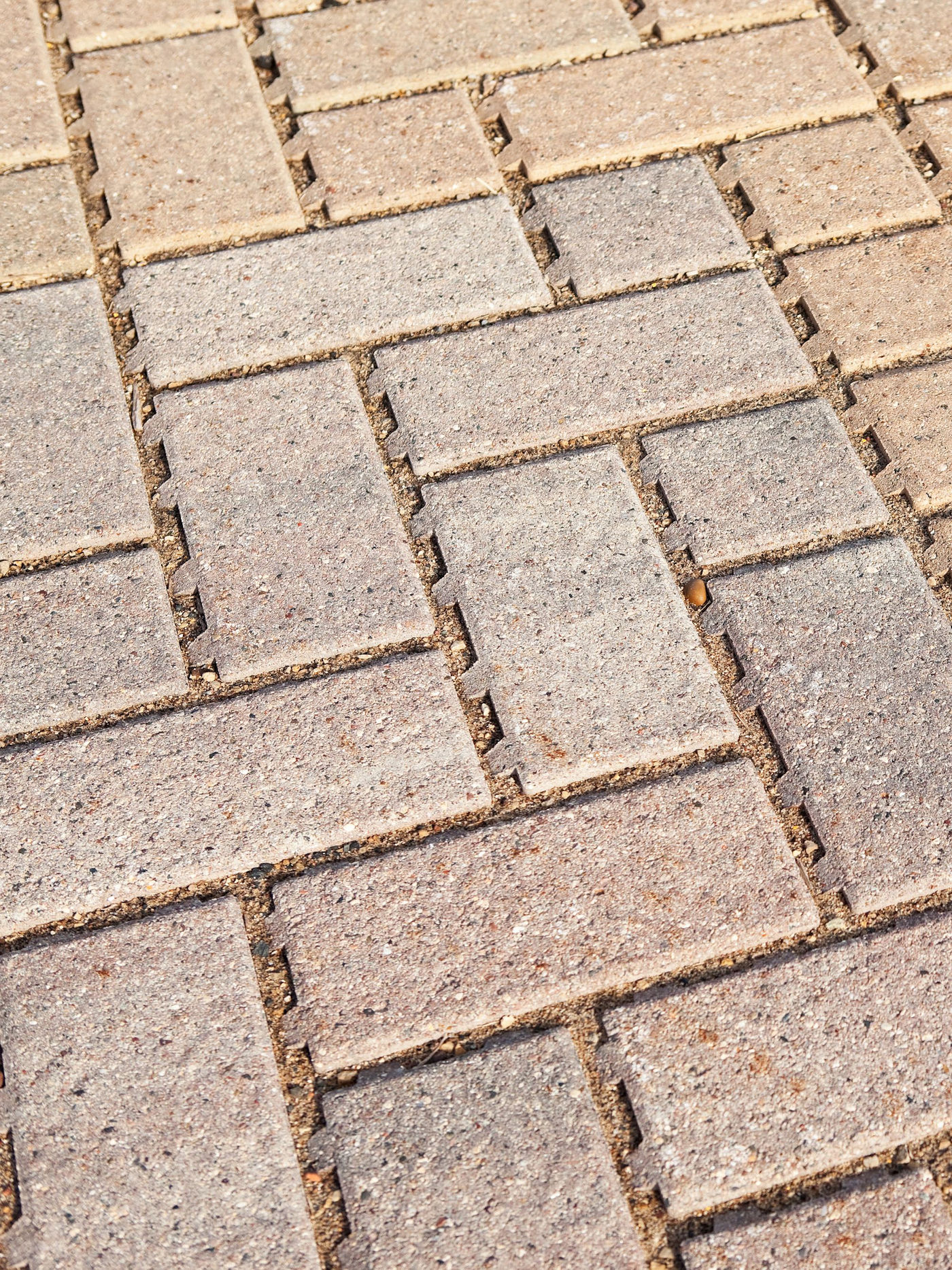
If you are interested in learning more about permeable concrete and rainscaping, check out these resources:
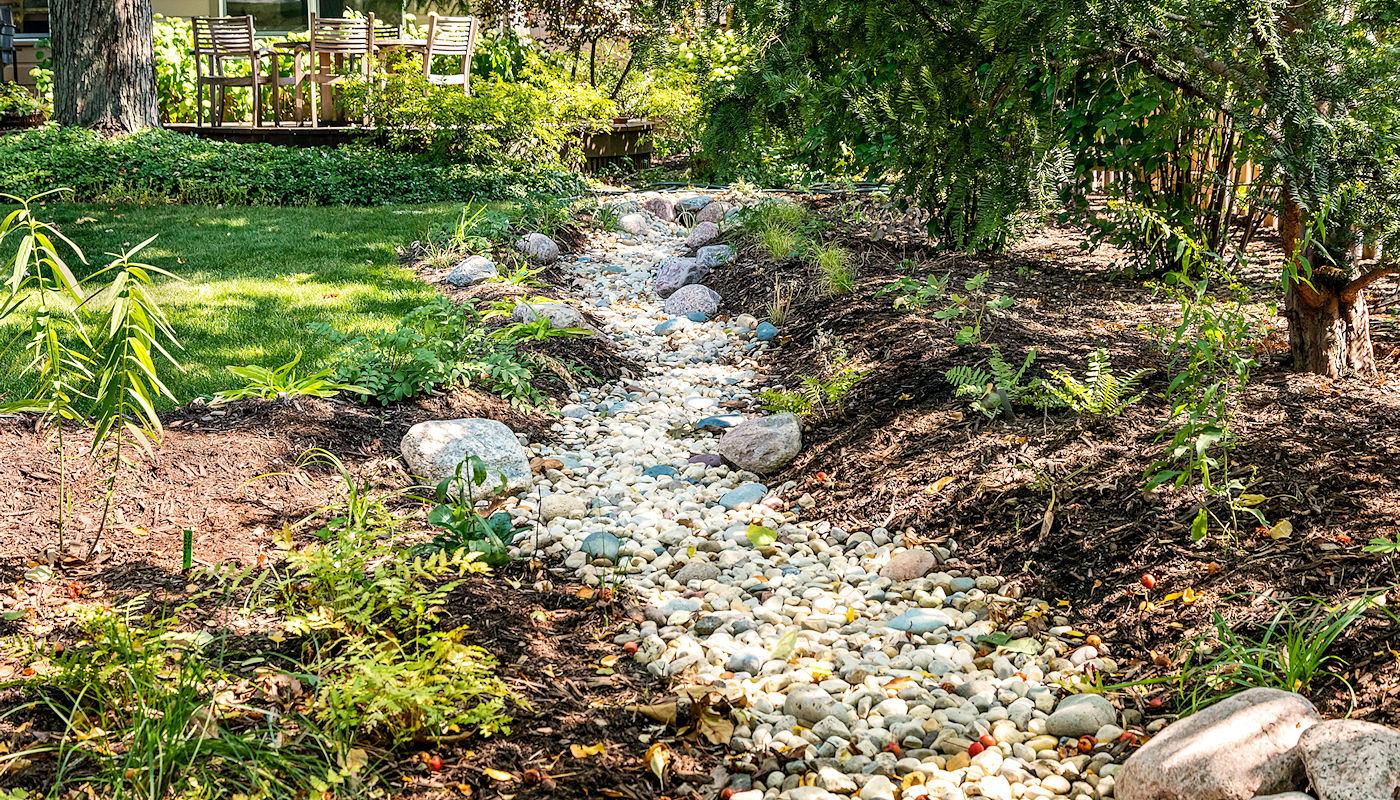
Rainscaping in a nutshell is any combination of plantings, water features, catch basins, permeable pavement, and other activities that manage stormwater as close as possible to where it falls, rather than moving it someplace else.
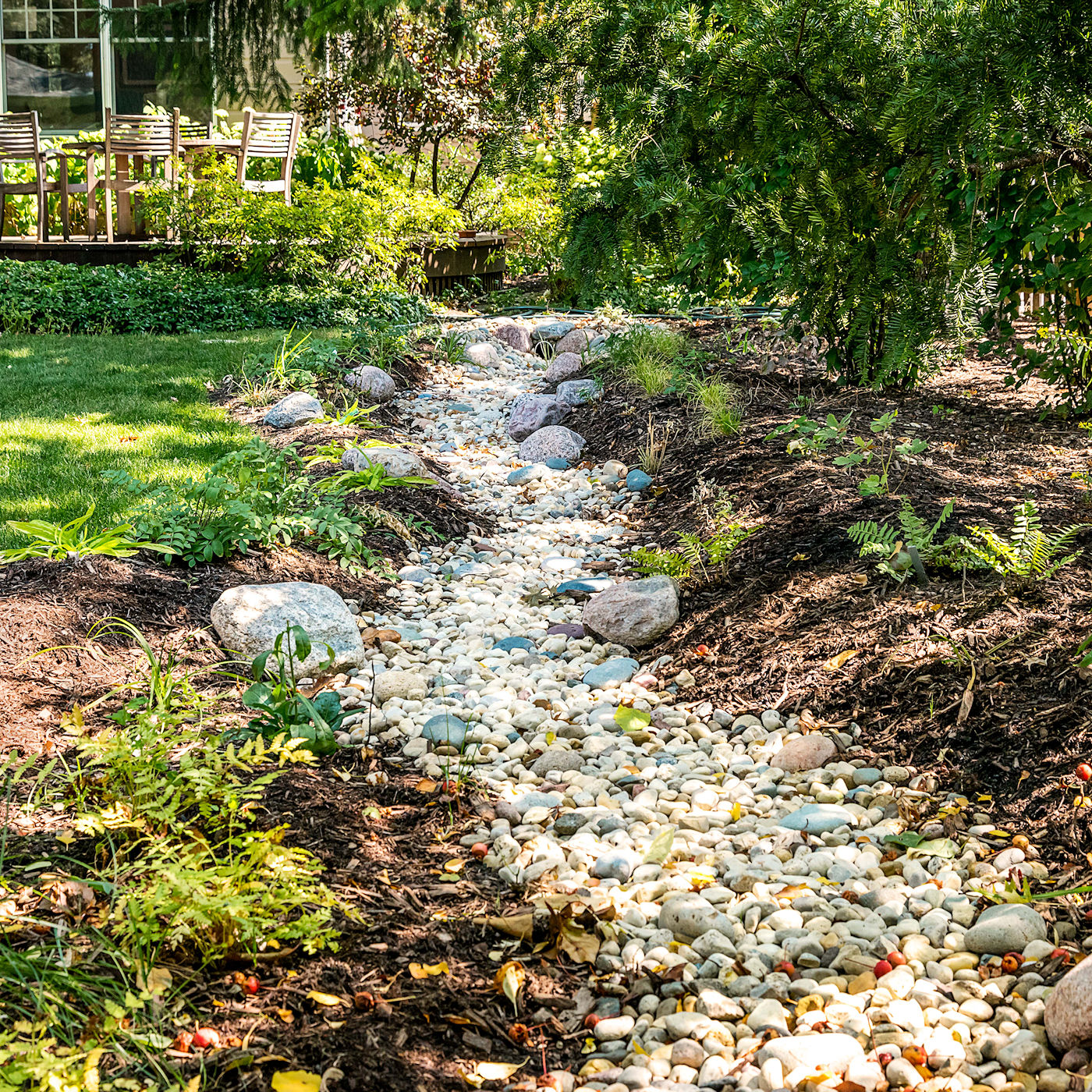
Erosion Control Services & Solutions:
Erosion Control Related Topics:
Resources
Past Excavation Projects
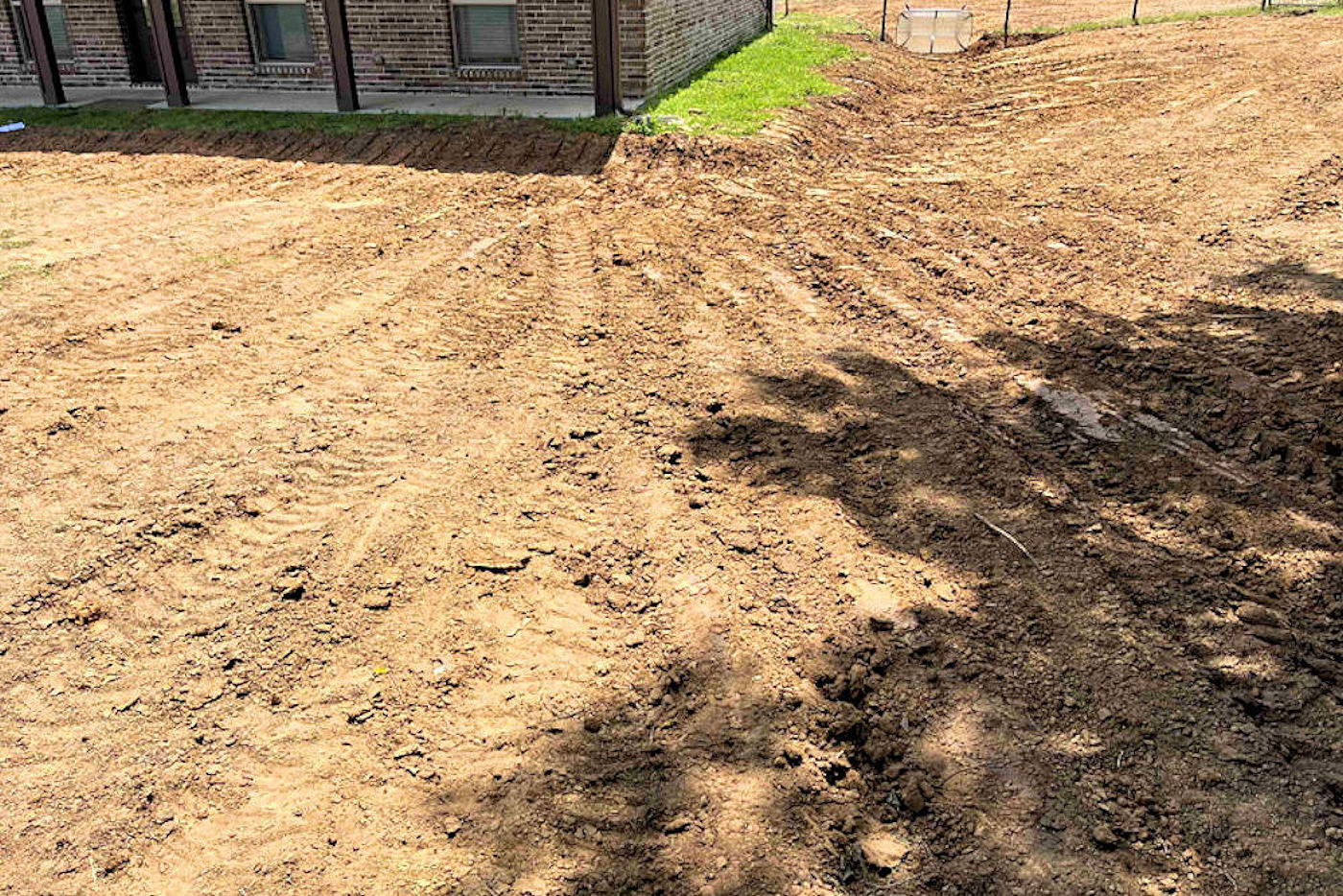
The above image shows Texoma Excavation & Construction digging a new power supply ditch and tying into the existing live power supply near Melissa, Texas. The paver stones were salvaged to be replaced. All the PVC, electrical conduit, phone lines, and small electrical lines that were destroyed were anticipated.

Pond building is a complex process that requires careful planning and execution. After all the planning, the first construction step is excavation of the area where the pond will be located. The pond excavation work shown above was near Montague, Texas. When this pond is full, it will be 7′ 2″ deep at its deepest point.
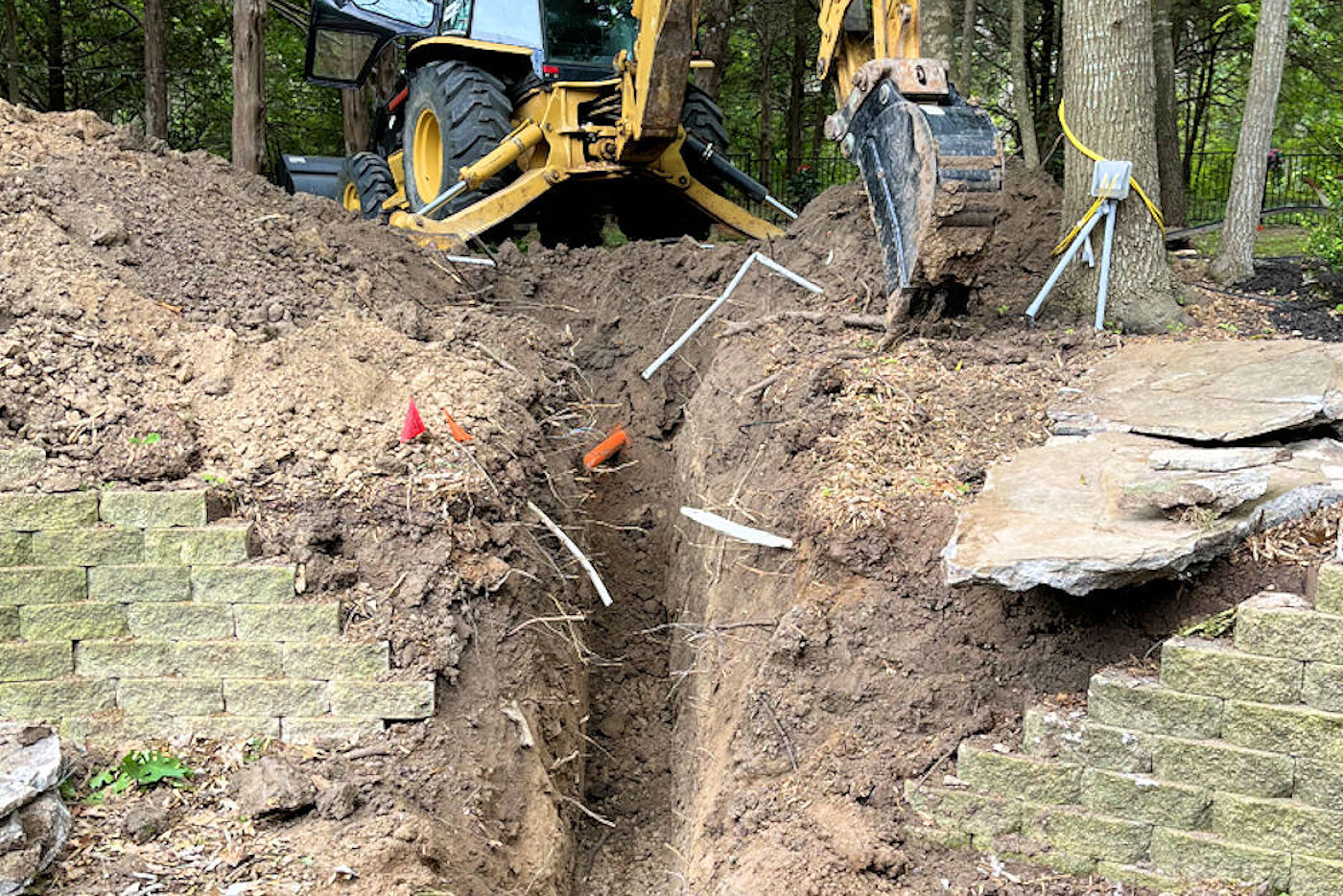
Residential drainage excavation work done near Denison, Texas. This client had some significant drainage problems during periods of high-volume runoff and tried to excavate a ditch to channel water away from his house. We were hired to polish the existing ditch and spread some grass seed.


